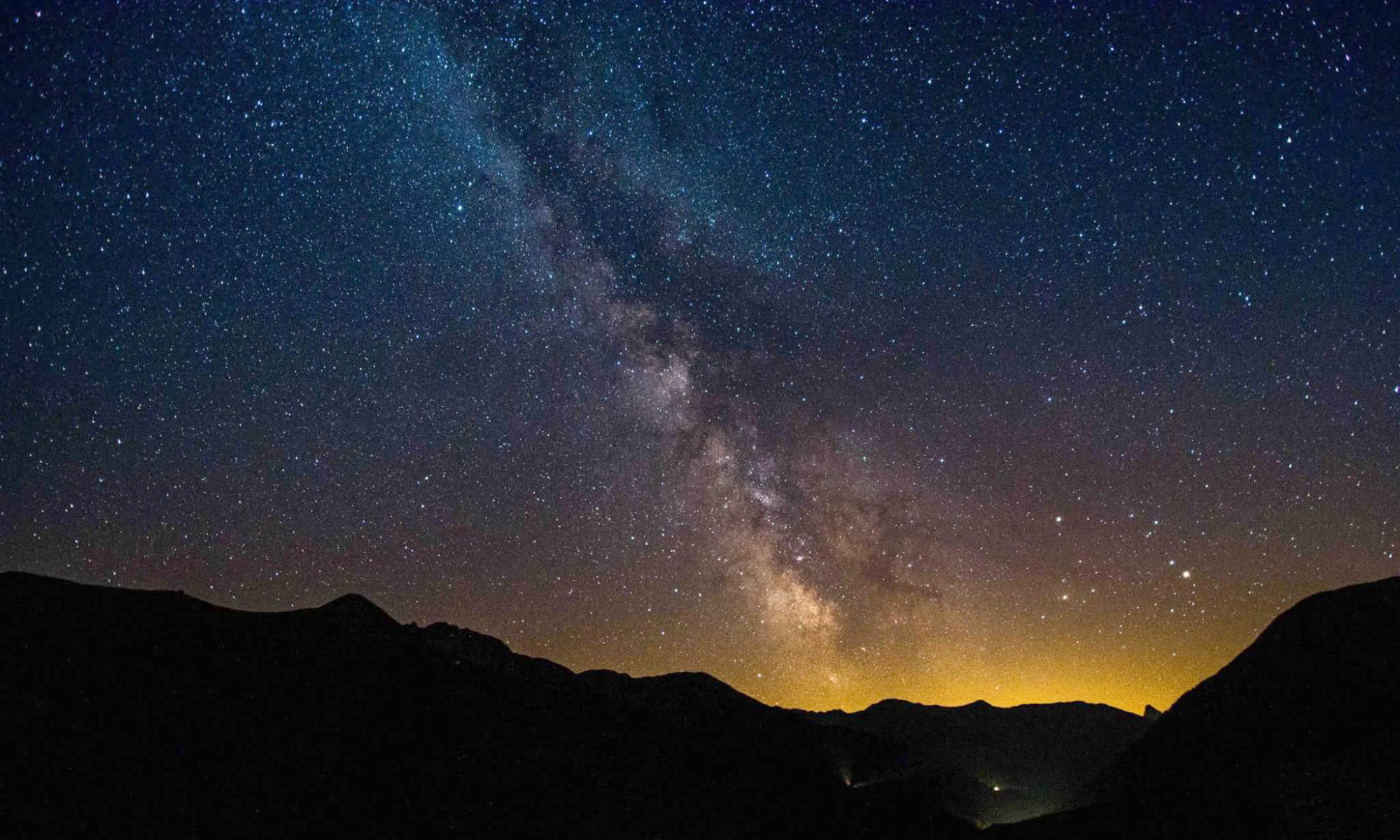The slides of the introductory class can be found here.
The howto guide can be found here.
DSLR astrophotography
To get a feeling of what you have to consider, what you are going to do and what you can produce, have a look at some introductory websites:
http://geartacular.com/how-to-guide-astrophotography-with-dslr/
http://www.skyandtelescope.com/astronomy-resources/astrophotography-tips/deep-sky-with-your-dslr/
To dig further:
http://dslr-astrophotography.com/
Camera settings
Camera: ideally a DSLR, Nikon/Canon etc.
But must have manual settings and ability to take 30+s exposures, manual focus etc.
Planetarium software
Here a few softwares to see what is visible in “your” sky. Play with it, it is fun! (and really useful). Do not hesitate to have one with you when going observing (instead of printing a sky map for example).
stellarium (free)
cartes du ciel (free)
tonightssky.com (what is visible tonight at your location, Messier objects etc)
google sky app (free)
stellarium app (not free)
How to choose an astrophysical object
The idea is to resolve an deep sky object that you cannot see by eye. It can be a galaxy, a star cluster, nebulae, …
Planets are not allowed (you cannot resolve them) and the Moon, well it is too easy 🙂
You have to consider the lens you have:
Fisheye for entire Milky Way galaxy
Wide field, 10-20mm for Milky Way galaxy
~50mm for Milky Way centre/mosaic of centre
~100mm for Milky Way or large angle view of Orion and Horsehead nebulae
>100mm for Andromeda, Pleiades, any object from the Messier catalogue (The Messier catalogue contains the brightest deep sky objects, such as distant galaxies, star clusters, nebulae etc.)
Also check the location in the sky of your object, not below the horizon (obviously) but also not just above it because of the light pollution.
Also consider the brightness and size of your object.
